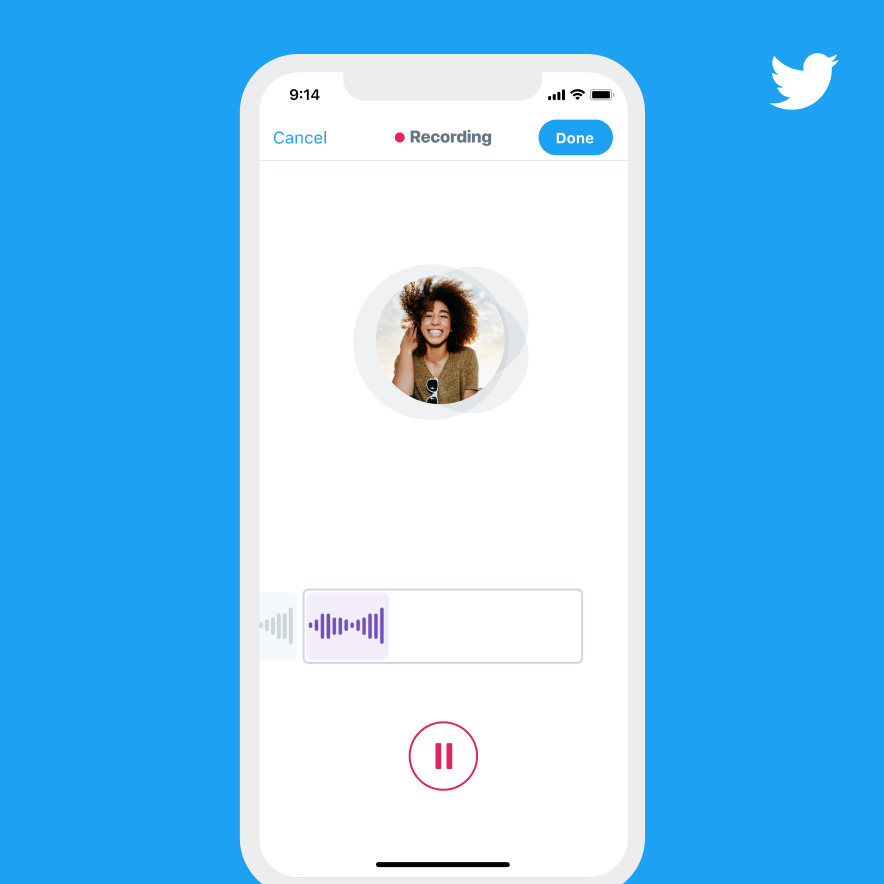Twitter introduces voice Tweets to a new feature called Audio/Voice tweets, wherein the user can record and attach audio snippets to their tweets. For now, the new feature will be available only for a limited number of iOS users. However, Twitter said that this new feature will be available for all iOS users. No announcement has been made for Android users yet.
“Sometimes 280 characters aren’t enough and some conversational nuances are lost in translation. So starting today, we’re testing a new feature that will add a more human touch to the way we use Twitter — your very own voice,” the company said in a Twitter blog.
Some iOS users will be able to access a sound wave icon while composing a tweet. Users can click on that icon and record their voice and attach the audio to their tweet. One audio tweet can record up to 140 seconds. If the user goes beyond the allocated time, the app will continue recording and break the audio clip into threads.
“Each voice tweet captures up to 140 seconds of audio. Have more to say? Keep talking. Once you reach the time limit for a tweet, a new voice tweet starts automatically to create a thread,” the Twitter blog added new features so Twitter introduces voice Tweets.
The audio will be similar to an embedded video with the option of play and pause. The Twitter fleet will insert the image of the profile picture in the tweet as a visual.
Only original or primary tweets will have the option to record, audio tweets won’t be available for replies.
“At this time, you can only record voice Tweets as original Tweets. It’s not possible to Tweet with audio through replies or Retweets with Comment,” according to the Twitter help page.
Over the past few years, audio has been emerging as an important tool for social networking. Podcasts gained huge popularity and listenership, as people found a human voice to relate with. Twitter is struggling to curb abusive content on the platform; now the bigger challenge lies in flagging and controlling abusive audio content.

